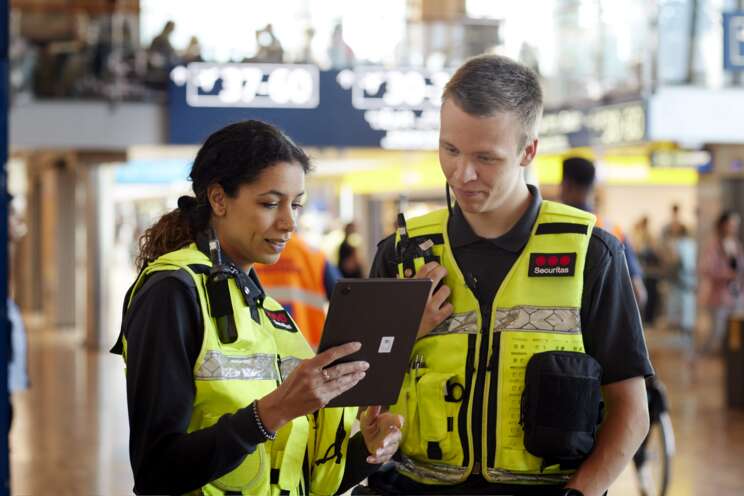Why lone worker safety matters
Lone working has its advantages for businesses and customers, but it also presents significant challenges, particularly around ensuring the safety and well-being of employees. In many European countries, it is a legal requirement to protect employees who work alone or in high-risk environments. Workplace incidents, both financial and reputational, can be extremely costly for businesses, and the moral responsibility to safeguard employees is more important than ever.
As companies place increasing emphasis on values and purpose, employee safety becomes a key component of this broader commitment. Beyond compliance with legal requirements, prioritising worker safety is about doing the right thing.
Many industries are transitioning from having multiple employees on a single task to relying on just one, thanks to technological advancements. The business landscape has changed significantly, with a rise in remote working and fewer people in offices. For example, roles at petrol stations that used to be separate are now combined, creating more lone worker situations.
The changing lone worker landscape
In 2023, the BERG Insight study revealed that around 236 million people were employed in Europe, with approximately 4 million working in industries where lone workers are common. This figure excludes office workers and those working from home, which highlights the increasing prevalence of lone workers across various sectors.
Lone working isn’t confined to remote or rural settings—there’s a misconception that it only occurs in less crowded places. In fact, if you work in a busy building but spend most of your time alone, you are still considered a lone worker. This shift in perception calls for businesses to reevaluate how they approach employee safety.
A cultural shift in health and safety expectations is also taking place. Just as helmets and protective boots became standard on construction sites, the use of lone worker personal alarm devices is set to become the norm as companies place a greater focus on the safety and well-being of their employees.
Lone working in Ireland
Lone working is on the rise across Ireland, and so are the risks that come with it. Whether your staff are in healthcare, construction, utilities, or security, ensuring their safety is not just a legal obligation—it’s a moral one too.
According to the Health and Safety Authority (HSA), workplace fatalities in Ireland remain a serious concern, with 33 recorded deaths in 2024. Shockingly, while agriculture accounts for just 4% of the workforce, it represents over one-third of these fatalities. Meanwhile, reports from the UK indicate a 132% increase in physical attacks on lone workers over the past three years, with weapon-related incidents up by 104%. These troubling statistics underscore the urgent need for proper lone worker safety measures.
Protecting employees
The rise of lone workers presents a significant challenge for businesses today. To effectively adapt, companies need to implement comprehensive safety solutions to protect their employees. This is not just about meeting regulatory requirements; it’s about ensuring the well-being of those who work alone.
In industries such as transport and logistics, where there is an ongoing shortage of workers, companies that demonstrate a commitment to employee safety can attract and retain top talent. As the business landscape continues to evolve, those who prioritise safety will be better positioned to succeed in an increasingly competitive market.
By prioritising the safety of lone workers, companies not only comply with legal requirements but also take meaningful steps toward creating safer, more sustainable work environments. With the continued rise of lone working, ensuring proper safety measures is more crucial than ever.
Keep your people safe with Securitas lone worker personal alarms



